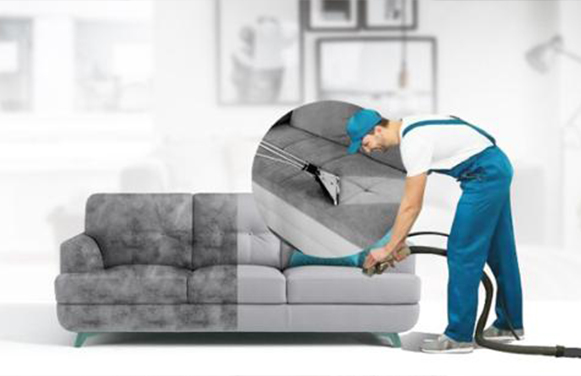
Children Sofa Repair Guide: Easy Steps for a Quick Fix
Children sofa reopair often experience wear and tear due to their frequent use and playful nature. Instead of replacing the entire sofa, you can save time and money by repairing it yourself. This guide will provide you with easy-to-follow steps to repair common issues and restore your children’s sofa to its former glory.
Gather the Necessary Tools
Before starting the repair process, ensure you have the following tools:
- Screwdriver
- Pliers
- Staple gun
- Upholstery glue
- Extra fabric or upholstery patches
- Scissors
Assess the Damage
Examine the sofa repair thoroughly to identify the areas that require repair. Common issues include torn upholstery, loose screws, broken springs, or sagging cushions.
Fixing Torn Upholstery
If you notice torn upholstery, follow these steps:
- Carefully remove any loose threads or fabric around the torn area.
- Apply upholstery glue to the torn edges and press them firmly together.
- Cut a small piece of fabric or upholstery patch to cover the tear.
- Apply glue to the patch and press it onto the torn area, ensuring a smooth and secure fit.
- Let the glue dry completely before using the sofa.
Repairing Loose Screws
To fix loose screws, follow these simple steps:
- Locate the loose screws and tighten them using a screwdriver.
- If the screw holes are worn out, apply a small amount of wood glue to a toothpick or matchstick.
- Insert the toothpick or matchstick into the hole, break it off, and then reinsert the screw. This will provide a better grip for the screw.
Fixing Broken Springs
If your children’s sofa has sagging or broken springs, follow these steps:
- Flip the sofa upside down and remove the dust cover to access the springs.
- Identify the broken or sagging springs and replace them with new ones.
- Secure the new springs in place using pliers or the appropriate clips.
- Replace the dust cover and ensure it is properly attached.
Restoring Sagging Cushions
To restore sagging cushions, follow these steps:
- Remove the cushion covers.
- If the foam is worn out, consider replacing it with new foam inserts of the same size.
- If the foam is still in good condition, you can add extra support by inserting a piece of plywood or a cushion support board under the cushions.
- Reattach the cushion covers securely.
Conclusion
Repairing your children’s sofa is a cost-effective and straightforward process. By following these easy steps, you can address common issues such as torn upholstery, loose screws, broken springs, and sagging cushions. Remember to gather the necessary tools, assess the damage, and proceed with the appropriate repairs. With a little time and effort, you can extend the lifespan of your children’s sofa and provide a comfortable and safe seating option for years to come.







